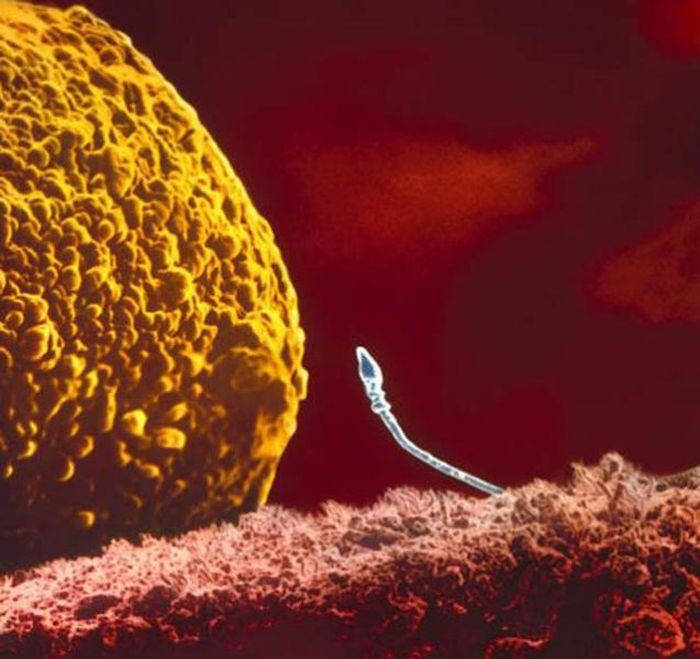|
|
Human Embryogenesis, Fertilization And Fetus Development
|
Cavity formation
By separating from the trophoblast, the epiblast forms a new cavity, the amniotic cavity. This is lined by the amnionic membrane, with cells that come from the epiblast (called amnioblasts). Some hypoblast cells migrate along the inner cytotrophoblast lining of the blastocoel, secreting an extracellular matrix along the way. These hypoblast cells and extracellular matrix are called Heuser's membrane (or exocoelomic membrane), and the blastocoel is now called the primary yolk sac (or exocoelomic cavity).
Cytotrophoblast cells and cells of Heuser's membrane continue secreting extracellular matrix between them. This matrix is called the extraembryonic reticulum. Cells of the epiblast migrate along the outer edges of this reticulum and form the extraembryonic mesoderm, which makes it difficult to maintain the extraembryonic reticulum. Soon pockets form in the reticulum, which ultimately coalesce to form the chorionic cavity or extraembryonic coelom.
Another layer of cells leaves the hypoblast and migrates along the inside of the primary yolk sac. The primary yolk sac is pushed to the opposite side of the embryo (the abembryonic pole), while a new cavity forms, the secondary or definitive yolk sac. The remnants of the primary yolk sac are called exocoelomic vesicles (exocoelomic cysts).
|
|









